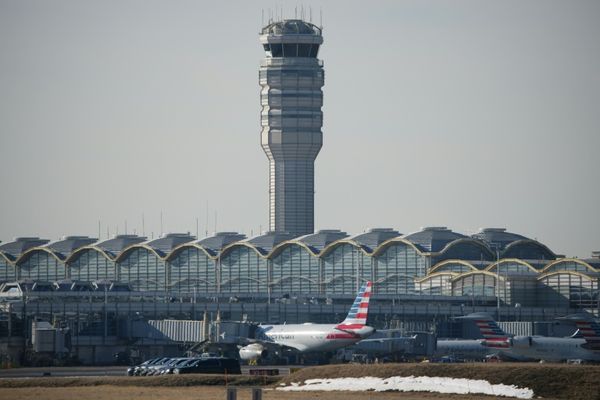
Forget unreal photos and awkward grammar: artificial intelligence could be used to forecast major bushfires more than a week before they happen.
Researchers from Australia and New Zealand have issued the prediction in a research paper on Thursday after testing an AI prototype using bushfire data from Queensland's Sunshine Coast.
By analysing a series of weather factors, they say the AI tool could produce more accurate bushfire warnings up to 10 days in advance.
The findings published in the International Journal of Wildland Fire come after a damaging bushfire season in Australia and worldwide, with residents evacuated from parts of western Victoria this week and a major fire in the state's Grampians National Park.
Researchers from five organisations, including Western Sydney University and the New Zealand Forest Research Institute, tested the machine-learning model to determine whether it could produce more accurate short-term fire forecasts.

The prototype analysed 15 years of weather data recorded at the Sunshine Coast airport, University of Canterbury research engineer Dr Alberto Ardid said, to determine whether it could predict major fires.
It considered weather data collected every 30 minutes including details of air temperature, relative humidity, wind speed, vapour pressure and dew point.
The model correctly predicted 11 of the 15 major bushfires during that period, representing an improved accuracy of 47 per cent over current methods.
"It's a simple tool that uses machine learning to understand if meteorological conditions that we are observing are similar to the ones we observed before a fire in the past," Dr Ardid told AAP.
"The preliminary results we got from the Sunshine Coast are quite promising and the next step of our research is to implement it in different regions throughout Australia to see how consistent the model is in different climates and conditions."
The machine-learning model used "a small server", Dr Ardid said, and would be inexpensive to install in locations that already collected weather information.
Advance warnings could give firefighters and communities significantly more time to put in place fire-mitigation strategies and prepare residents, Covey Associates bushfire consultant Anthony Power said.
"This AI-powered system has great potential for Australia, where wildfires are a constant threat," he said.
"The ability to predict wildfire danger in real-time opens up exciting possibilities for protecting our communities and landscapes."
Fire agencies currently use the Australian Fire Danger Rating System introduced in 2022, which uses data from the Bureau of Meteorology and categorises fire risk from moderate to catastrophic.







